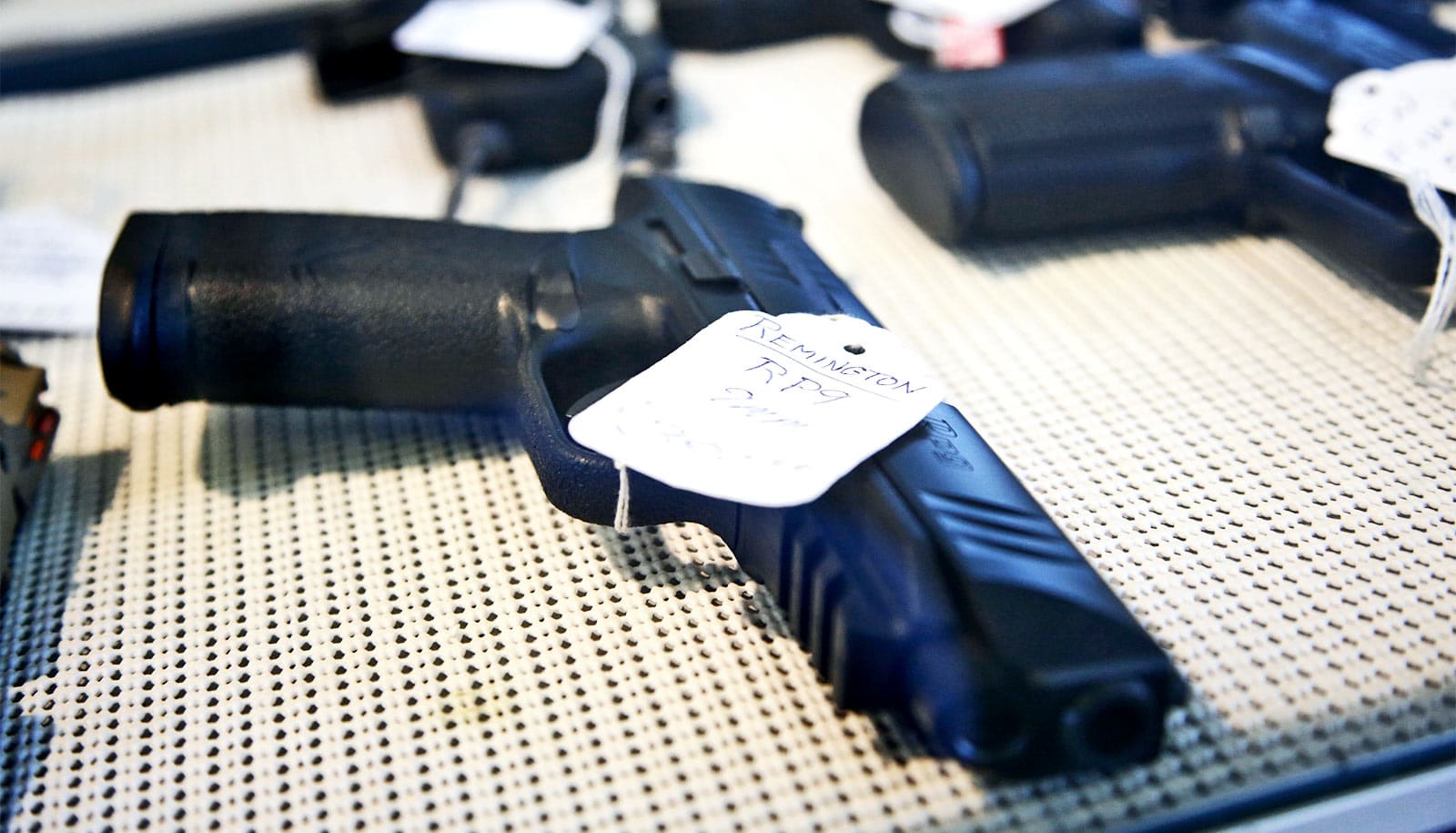Certain state gun laws are associated with decreased suicide rates for children under age 18, but the laws have little influence on homicide rates, according to a new study.
For the study, published in the Journal of the American College of Surgeons, researchers examined the relationship between gun laws and child deaths.
Since 2020, firearms rank as the leading cause of death among US children ages 1-18, raising the need for research to help guide prevention efforts.
“Our analysis of suicide and homicide mortality data from [2009] to [2020] in children under 18 suggests that we do actually have some laws that work,” says lead author Krista Haines, an assistant professor in the surgery and population health sciences departments at Duke University School of Medicine.
“But there are very few of these laws, and they only appear to work for suicide, not for homicide. Our study clearly points to a need for more laws and controlled access to these guns, especially given the high rates of death among children in the United States.”
Haines and colleagues—including senior author Suresh Agarwal, chief of the division of Trauma, Acute, and Critical Care Surgery at Duke—used CDC data of pediatric firearm deaths between 2009-2020, analyzing them within the context of existing state laws governing firearms.
The study identified 36 firearm laws, including regulations for background checks, mandatory waiting periods, “stand your ground” laws that provide self-defense protections, safe storage provisions, and access prohibitions for people at risk of harming themselves or others.
From 2009-2020, there were 6,735 suicides and 10,278 homicides by firearm in the US, totaling 17,013 child deaths. Overlaid with the state law database, the researchers found:
- States with safe storage laws and mandatory waiting periods demonstrated lower suicide mortality rates among children.
- “Stand your ground” laws, prevalent in states with less restrictive firearm legislation, showed a correlation with higher suicide mortalities.
- There were no significant reductions in suicide death rates in states with laws setting minimum ages for possession or purchase of firearms.
- There were no notable distinctions between states with and without firearm laws for homicide mortality rates.
“It was surprising to me that no laws appear to be impacting the rates of homicide in children, not even safe access,” Haines says. “It’s sad and shocking.”
The researchers say the dearth of studies about the impact of gun access in the United States has been an impediment to finding workable solutions, noting that the US accounts for over 90% of pediatric firearm deaths worldwide. Additionally, firearm violence has markedly increased by more than 15% over the past four years.
“This is a very early study, and we need to continue to use this kind of research to advance better policies,” Agarwal says. “What we have in place now has limited impact, particularly with regard to homicides.”
Source: Duke University



